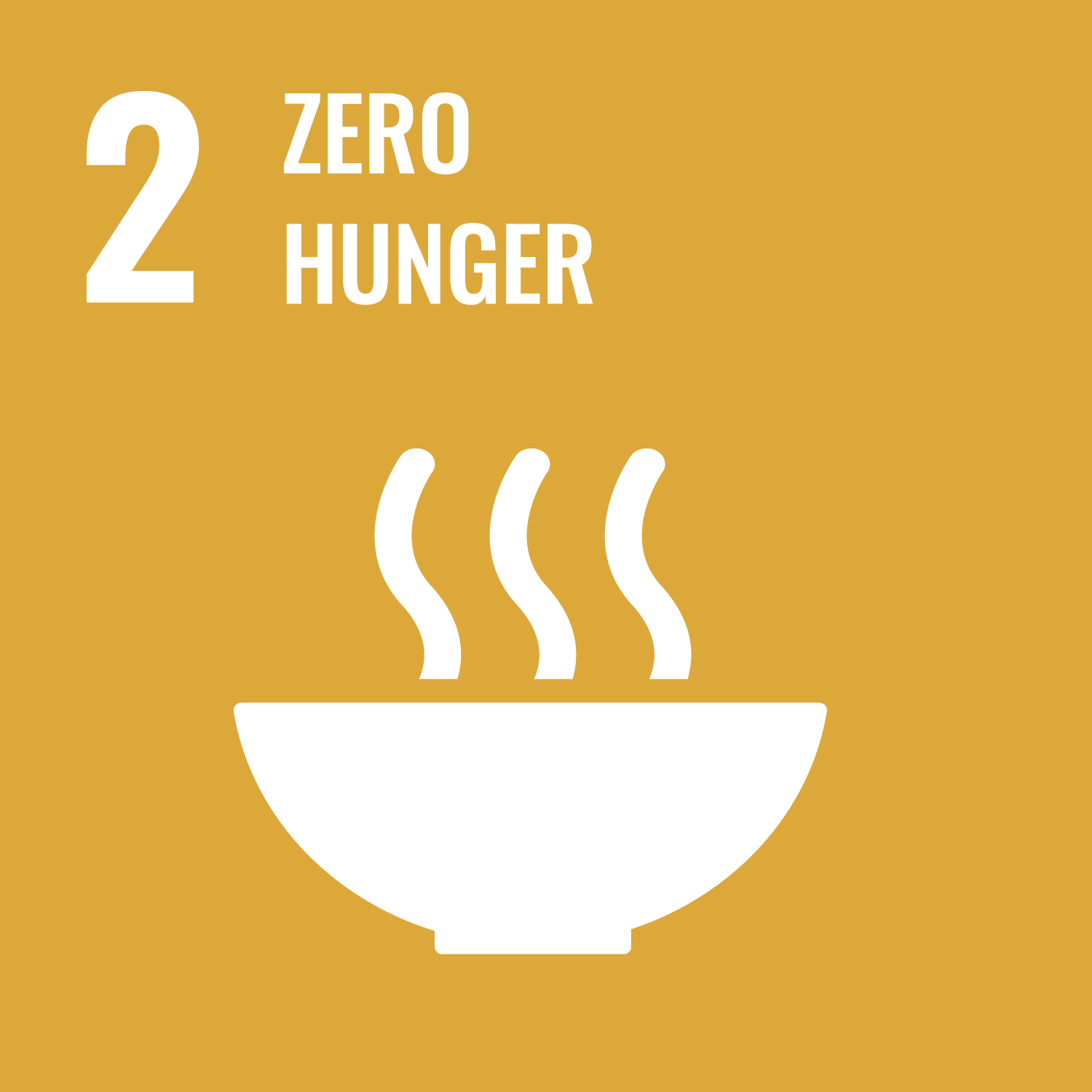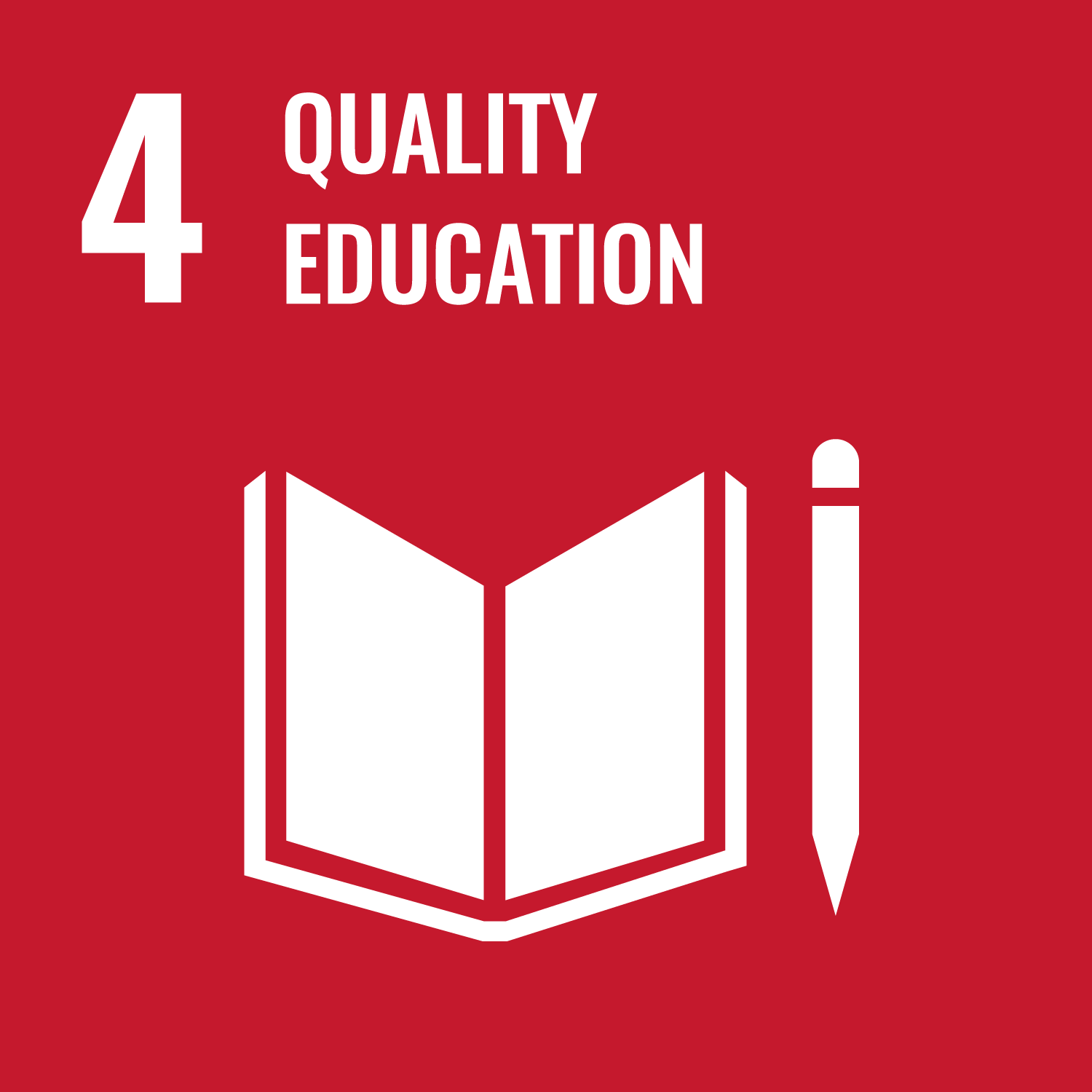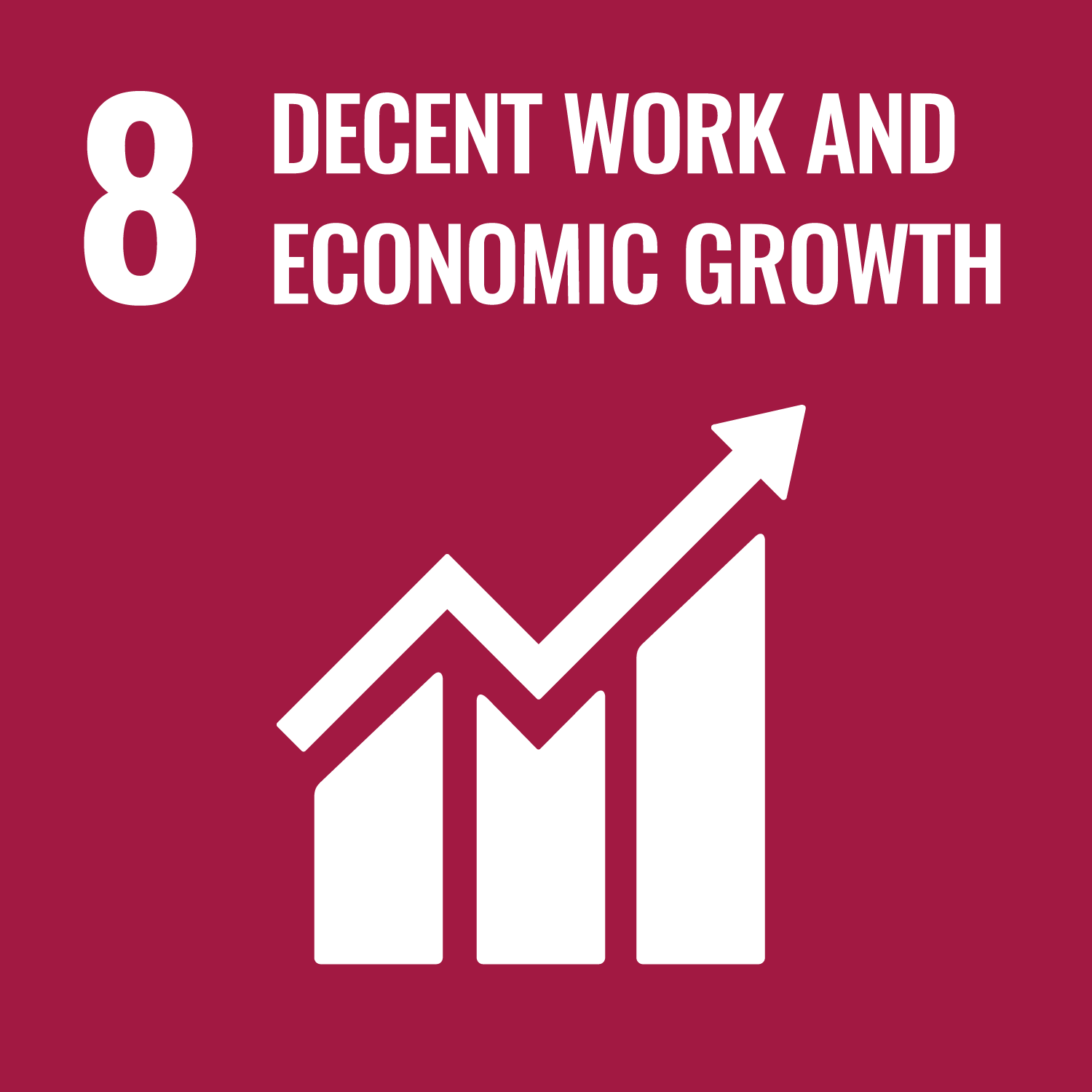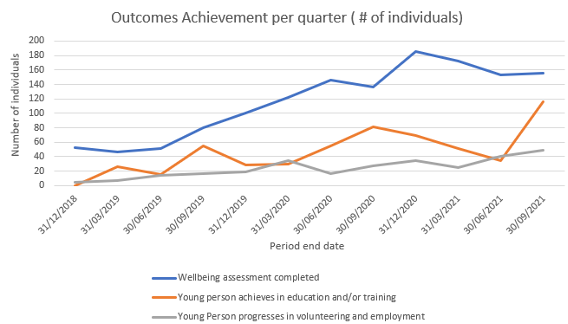
- Impact bond
- Education
- Employment and training
- UK
Nottingham, United Kingdom
4 mins
Future Impact
Last updated: 22 Jun 2022
The Future Impact social impact bond (SIB) is funded under the UK Government Department for Digital, Culture, Media and Sport's (DCMS) Life Chances Fund (LCF). The SIB aims to support young people aged 15 to 24 with special educational needs in Nottingham and Nottinghamshire through education and training programmes to ultimately move into and sustain employment or voluntary work.
Project Location
Aligned SDGs



INDIGO Key facts and figures
-
INDIGO project
-
Commissioner
-
Intermediary
-
Investor
-
Provider
-
Funds
-
Launch date
September 2018
-
Start of service provision
August 2018
-
Duration
4 years
-
Capital raised (minimum)
GBP 498k
(USD 635.56k)
Target population
The goal for FutureImpact is to provide person-centred support to 16 – 24 year olds who have special educational needs and disability (SEND)/demonstrate complex needs, and young people (YP) aged 15 at high risk of becoming not in education, employment or training (NEET). All young people will have at least 2 Risk of NEET Indicators and will have additional risk factors and needs including exclusion, learning difficulties, mental health problems, substance misuse issues, homelessness and others.
The problem
While the national average of young people who are not in employment, education or training (NEET) in the UK has been stable at around 10-11%, in Nottinghamshire it has been rising from 11% up to 19.2% between 2011-2016. To address this discrepancy, Futures led the Life Chances Fund Social Impact Bond (LFC SIB) application, which became Future Impact. One of a number of projects led by Futures, it supports young people aged 15 to 24 with special educational needs in Nottingham and Nottinghamshire. The project is part-funded by the Department for Digital, Culture, Media and Sport through the LCF, and administered by The National Lottery Community Fund. Other partners involved in the project are Social and Sustainable Capital (as social investors), and Nottingham City Council and Nottinghamshire County Council (as commissioners).
The solution
Future Impact proposes a person-led approach. To be eligible for support, a young person living in Nottingham City or Nottinghamshire must have a disability or special educational, behavioural or emotional need that required SEND support in school. The first step involves bespoke services through professional coaches. The mentoring support interventions will be targeted to the individual based on their initial assessment. The process aims at supporting young people to overcome barriers to learning, achieving at school/college, moving from education/training into employment or volunteering and, importantly, sustaining employment afterwards. The interventions are a combination of small group and individual sessions focusing on the areas for personal development identified at the initial assessment. They are adjusted following periodic re-assessment to monitor the effectiveness of the interventions.
The impact
The impact of the project is measured according to several outcome metrics. These can be grouped into three key areas: (i) wellbeing assessments completed, (ii) achieving in education or training, (iii) progressing into volunteering or employment. Importantly, the outcome metrics capture how young people are evolving in those areas instead of providing a static snapshot. For instance, wellbeing assessments demonstrate whether the young people increased their capacity for independent living. In terms of employment, it is also not only a matter of entry into employment but sustaining the post.
Although affected by COVID, the project has been resiliently delivered. A flexible arrangement with LCF allowed the project to shift to a grant-based format instead of outcomes-based payments during the last semester of 2020. The outcomes-based payments were then re-established. Learning during implementation also led to the inclusion of outcome metrics focusing on part-time employment. Since last year, the project has often overachieved quarterly outcome targets (up to 136% in the second quarter of 2021).

Timeline
-
August 2018
Project start date
-
September 2018
Contract signed
-
August 2023
Expected end date
Project insights
Understanding “barriers” is often more critical than understanding “ambitions”
If a young person says she/he “doesn’t want to go to college”, perhaps the rationale is not in terms of future ambitions but current challenges and barriers; for instance, a younger sibling needs caring for at home while parents are out working/ill. The person-centred work of coaches is fundamental in understanding that matter.
Initial assessments need reviewing for change and/or progress at set intervals. Following this, action plans should be revised or reset to focus on the priorities agreed at each review, as prioritised by the young person. These determine areas of work the coaches support them with, in addition to moving into the other measurable and claimable outcomes- i.e. employment, training, and volunteering. “You will never have people having identical journeys with us on Future Impact, as we are always influenced by when the young person reveals needs, which are unique to them”, says Joanna Key, Futures Business Manager at Nottingham.
Clear mission, but planning open to adaptations
Although the project’s mission needs to be clear, one shouldn’t be strict about initial planning as learning often leads to project adaptations. These require two attributes to work correctly. First, SIBs need to be flexible and open to adaptations. An environment that values ideas and allows them to be implemented is vital. This depends on both flexibility in terms of the formal contract and service delivery innovation. Second, monitoring and intermediate process evaluations need to be in place, so opportunities for improvement are perceived.
One example of that occurring in Future Impact was adapting the project to include outcome metrics for part-time jobs, not originally included. Both part-time work and volunteering were often shown as critical paths for young people to improve self-esteem. These paths were essential for achieving several other young people’s demands, including moving and securing employment afterwards.
Commissioners do more than just commissioning
Local authorities play a crucial role as commissioners – i.e., outcome payers in case of SIB success. For Future Impact, these are Nottingham City Council and Nottinghamshire County Council. However, their role goes way beyond paying for outcomes. Aligned views and engaged approaches make all the difference. Instead of competing, these promote collaboration between partners to reach and act on a broader range of younger people needing support. Particularly when the delivery partner is a national company working in several areas (such as Futures), expertise from local authorities is critical for the success of interventions.
Support to sustainment is key
Futures hold several contracts working on the EET agenda but Future Impact was developed deliberately with the ability to continue supporting individuals after placement. To support the sustainment of employment and help the young people, the provider and employers overcome barriers together that would otherwise have led to an early exit. The relationship the coach and young person develop over time is crucial in that and they in turn can facilitate useful discussion with providers and employers to help ensure needs continue to be addressed and supported. Futures developed the ability to stay involved to sustain for a minimum of 6 months and in some cases several years. They believe it is not good enough simply to place and hope, but better to place then help young people to self equip and grow the skills and resilience they need to navigate life challenges, become and stay successful.
This case study was compiled by Fernando Domingos.
Last updated: June 2022